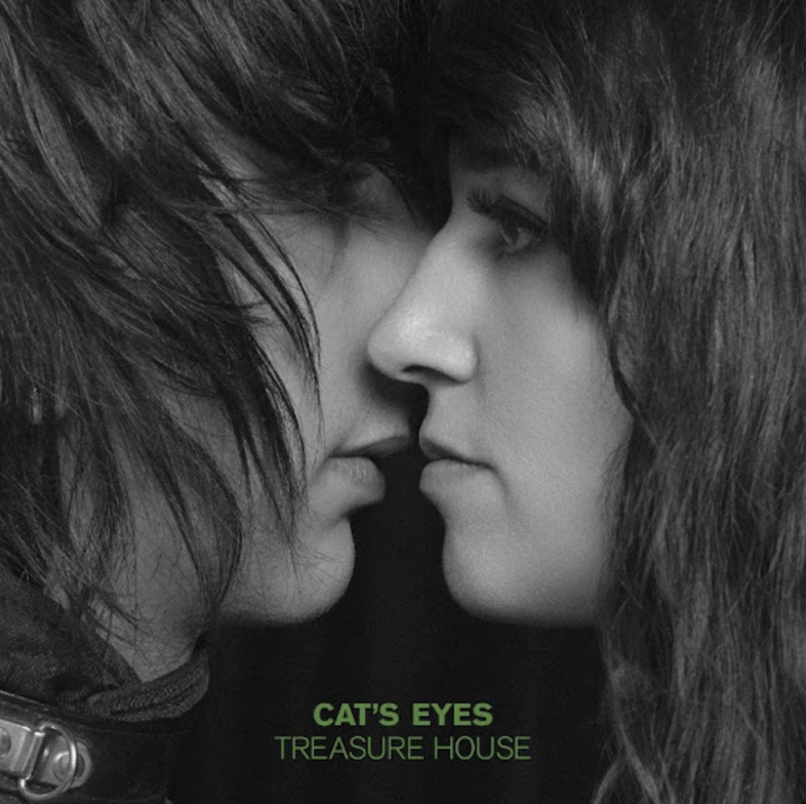When your band’s first gig ever happens to be at the Vatican’s St. Peter’s Basilica, having managed to convince security of your catholic choir credentials, performing a psalm-like rendition of a song of yours accompanied by the church’s majestic organ, odds are high that this will inform the narrative of your entire musical career. That it will push you to raise the bar a little more for each subsequent release.
And so, true to form, after another round of calls and a new disguise as a Renaissance Ensemble, Cat’s Eyes managed to gatecrash Buckingham Palace to play a rearranged new song from their third album with period instruments – without official consent from the Royal House, but with great acclaim from the guests of the Queen. That’s two occasions then, on which Rachel Zeffira and Faris Badwan, as well as showcasing their musical talent, shaping their repertoire to fit the “unusual” performance spaces, proved themselves also to be great con artists.
It’s not the error it may seem calling Treasure House Cat’s Eyes’ third album: according to the duo, the score they composed in 2015 for Peter Strickland‘s Duke Of Burgundy is by all means an equal element of the band’s discography, its influence tangibly present on this new work. After a first record mainly inspired by Badwan’s passion for girl groups of the sixties and the orchestral soundtracking closer to Zeffira’s own conservatory studies, on Treasure House they find an impressive balance: classical, symphonic music melds with garage and post-punk, giving credence to the cliché that opposites attract, outstanding in its complex sounds and arrangements.
From the offset there’s a cinematographic atmosphere permeating the 11 songs that, together, form the architectural blueprints of Treasure House. The rarefied opening of the title track, a soft, other-worldly song that immediately shows how Badwan’s voice is now far removed from the low, deep mumbling of their previous production, paves the way to what seem to work as the record’s two main tracks: ‘Drag’ and ‘Chameleon Queen’. The first is the perfect pop song, lead by Zeffira’s soft voice over piano and strings, with a kind of vintage Bond theme feel; the latter a majestic tune where the psychedelic mood of Iron Butterfly meets Nino Rota’s romantic late Renaissance inspiration meets the classical Baroque of Bach’s embellishments.
‘Standoff’, with its beating bass, filtered voice, and saxophone reframes the scene, captured now through the lens of New Wave. It’s a brief change, and one almost immediately shut off by the subtle vibraphone and woods of ‘Everything Moves Towards the Sun’; and again with the dream-pop of ‘Names on the Mountain’ and its counterpart ‘Teardrops’, closing the album and fading into thin air. ‘Girl in the Room’ flies back in time with its Hollywood-era score, while the organ and choir of ‘We’ll Be Waiting’ bring to mind Morricone’s soundtrack to The Mission. With this in mind, it’s almost jarring how ‘Be Careful Where You Park Your Car’, a solid, openly garage, Nancy Sinatra-style song, is the least convincing piece of music on the album: a step back into the old Cat’s Eyes ways that now sound just a little juvenile by comparison.


